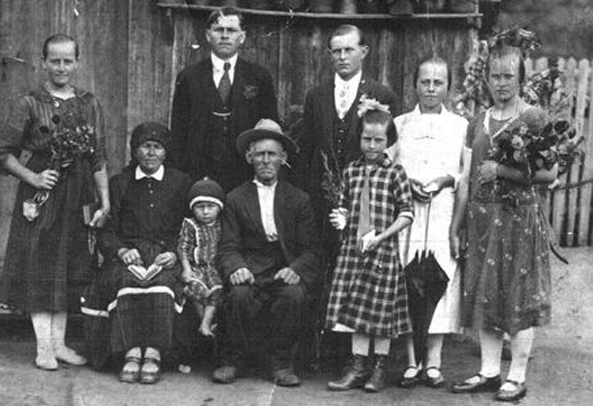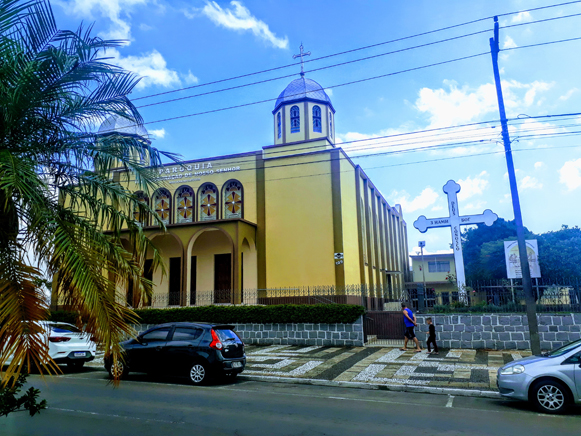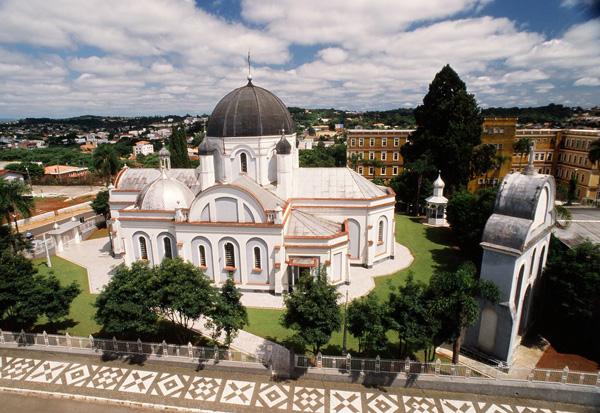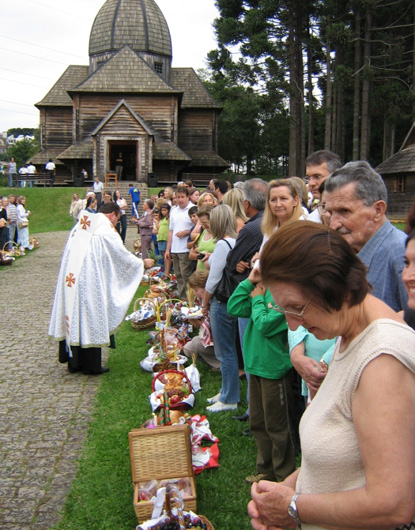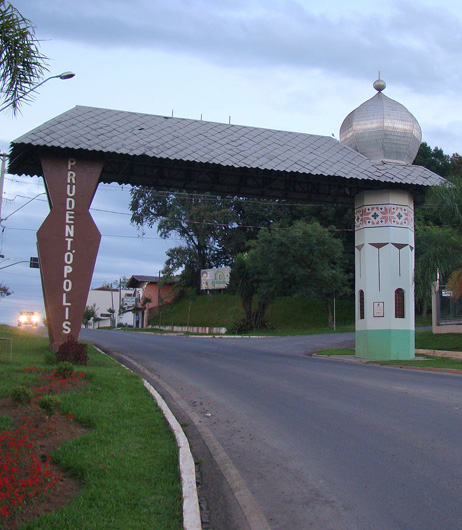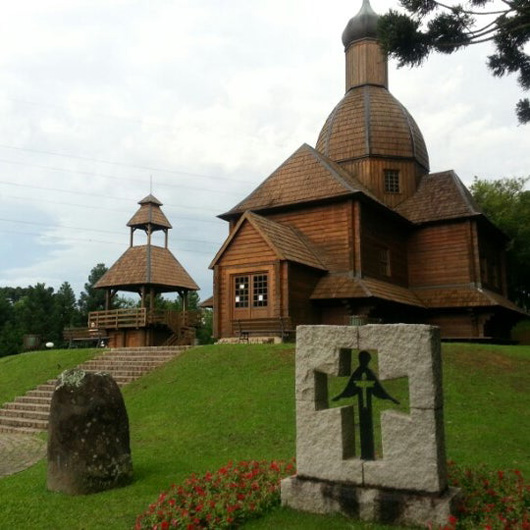Paraná
Paraná. One of the three southern states of Brazil, with an area of 199,324 sq km and an estimated population of 11,516,840 (2020). The climate is subtropical. The state capital is Curitiba. Paraná is an ethnocultural and ethnolinguistic mosaic in consequence of the colonization policy started by Z. de Goes e Vasconcelos, the first president of the province. Faced with the task of developing a huge territory of 200,000 sq km with only 60,626 inhabitants, he initiated a policy of colonization with foreign immigrants in 1855. The subsequent recruiting efforts provided Ukrainians in Galicia and Bukovyna with specific information about settlement in Brazil and stimulated emigration to that country. Three waves of Ukrainian immigration followed, the first starting in earnest in 1895–7 and lasting until 1914.
The earliest areas of settlement included Água Amarela (Antonio Olinto today), União da Vitória and district, Iracema, Mallet, Dorizon, and Prudentópolis district. By 1914 an estimated 45,000 Ukrainians were living in Paraná. Their numbers had increased to at least 61,000 by the end of the Second World War as a result of an interwar wave of immigration from Western Ukraine. They were joined in the post–Second World War period by a numerically small but influential third wave of immigration, a significant portion of which subsequently resettled in North America.
Relatively recent estimates put the number of Ukrainians in the state at 130,000 to 150,000, or approximately 80 to 85 percent of Brazil’s total Ukrainian population. Within the state itself Ukrainians represent slightly less than 2 percent of the population. They are concentrated in several regions where they are numerically significant, however. The most notable of these is the so-called Brazilian Ukraine area in and around the city of Prudentópolis, where Ukrainians constitute approximately 75 per cent of the local population. Other small bloc-settlement regions are scattered throughout the state.
Ukrainians played a key role in introducing crops unknown in that part of Brazil, such as wheat, rye, buckwheat, and European potatoes. They also introduced and spread apiculture as well as milling and co-operative economic enterprises (see Co-operative movement). Individual Ukrainians have occupied important government posts and academic positions, and Ukrainian writers and artists have helped shape the cultural profile of the state.
Paraná occupies a central place in the political, educational, organizational, and religious affairs of Ukrainians in Brazil. The country’s earliest community structures began to appear there in the early 1900s, and many of the central community institutions of Brazil’s Ukrainians are located in either Curitiba or Prudentópolis. In recent times some of the more significant developments affecting Brazilian Ukrainians have taken place in the state. The Ukrainian Brazilian Central Representation was established in 1985 as an umbrella body for community interests. That same year the Brazilian Center for Ukrainian Studies was revived, and subsequently it has promoted Ukrainian education in the state. Notable developments include efforts to extend the Ukrainian studies program at the Federal University of Paraná in Curitiba from its extension status into the regular program of the department of foreign languages, and the adoption in 1989 of legislation allowing for the introduction of minority-language (including Ukrainian-language) instruction in the state’s school curriculum in 1991. A student residence was opened in 1987 in Curitiba under the auspices of the Ukrainian Catholic eparchy. The Community Committee of the Land Fund of ZUADK (Comitê Social de Ajudas do Fondo Agrário de UUARC) was set up in 1986 in Prudentópolis by a coalition of churches and community groups as a self-help association to assist the landless in purchasing farmsteads.
Natalia Kerechuk
[This article originally appeared in the Encyclopedia of Ukraine, vol. 3 (1993).]
